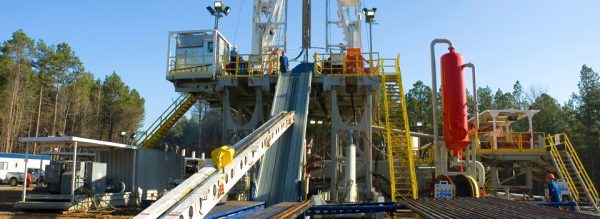Can oil and gas upstream cost savings stick?
Survey sees operators keeping close a close eye on cost inflation in 2018
The impact of the 2014 oil price collapse is still being felt across the upstream sector. Operators have cut investment, deferred projects and implemented tough cost discipline, slashing US$910 billion from global capital expenditure estimates for 2015-2020. While many operators believe the cuts will stick, a new survey released today by natural resources consultancy Wood Mackenzie indicates the picture is more nuanced.
Wood Mackenzie’s global costs survey shows that in 2018 savings will be materially lower than in 2016-17.
The US onshore, for example, shows how quickly savings can erode when the market picks up. The US Lower 48 saw 2017 capex increase almost 50% on 2016 spending. Drilling spend in the region is expected to increase from US$64 billion in 2017 to US$90 billion in 2020.
“During the downturn, US producers were able to find ways to slash their costs quickly compared to the rest of the industry, and this has been critical to their recovery,” said Jessica Brewer, principal upstream analyst, in a press release.
“It will be interesting to see how cost inflation plays out against productivity gains in 2018. The greatest gains have already been realised as we have seen improvements in well productivity more than offset cost inflation in 2017.”
The Permian aside, cost inflation in the US Lower 48 is just starting to warm up, according to Wood Mackenzie.
“In fact, we are beginning to see cost increases in the supply chain in 2017, spurred on by higher rig activity and the drawdown of the backlog of drilled but uncompleted wells,” said Brewer.
Wood Mackenzie’s analysis shows this trend has been playing out across all regions in 2017. Savings in operating expenditure have largely come from cuts in labour and services, streamlining operations and lower logistics charges.
One key beneficiary of these initiatives is Europe, which has seen a 25 per cent reduction in opex (2017 vs. 2014) driven by lower labour and services costs, efficiency gains and higher production.
However, in Asia-Pacific, South America and parts of Sub-Saharan Africa, unit opex is already starting to increase due to a lower cost base, local content requirements and the growing need for enhanced oil recovery in mature assets.
Globally, Wood Mackenzie expects operating costs to start increasing from 2018, but still be five to 10 per cent below 2014 levels in 2020.
While the downturn has provided valuable lessons in productivity and efficiency gains for the upstream sector, structural cost changes are needed to ensure ongoing sustainability. Brewer sees three factors that could be game-changing for the industry: lean thinking; supply chain consolidation and collaboration; and digitalisation.
“For now, structural cost savings are an aspiration more than a reality,” she said. “The ultimate proof will come when cyclical drivers weaken, revealing the reshaped industry and supply chain they have left behind.”








